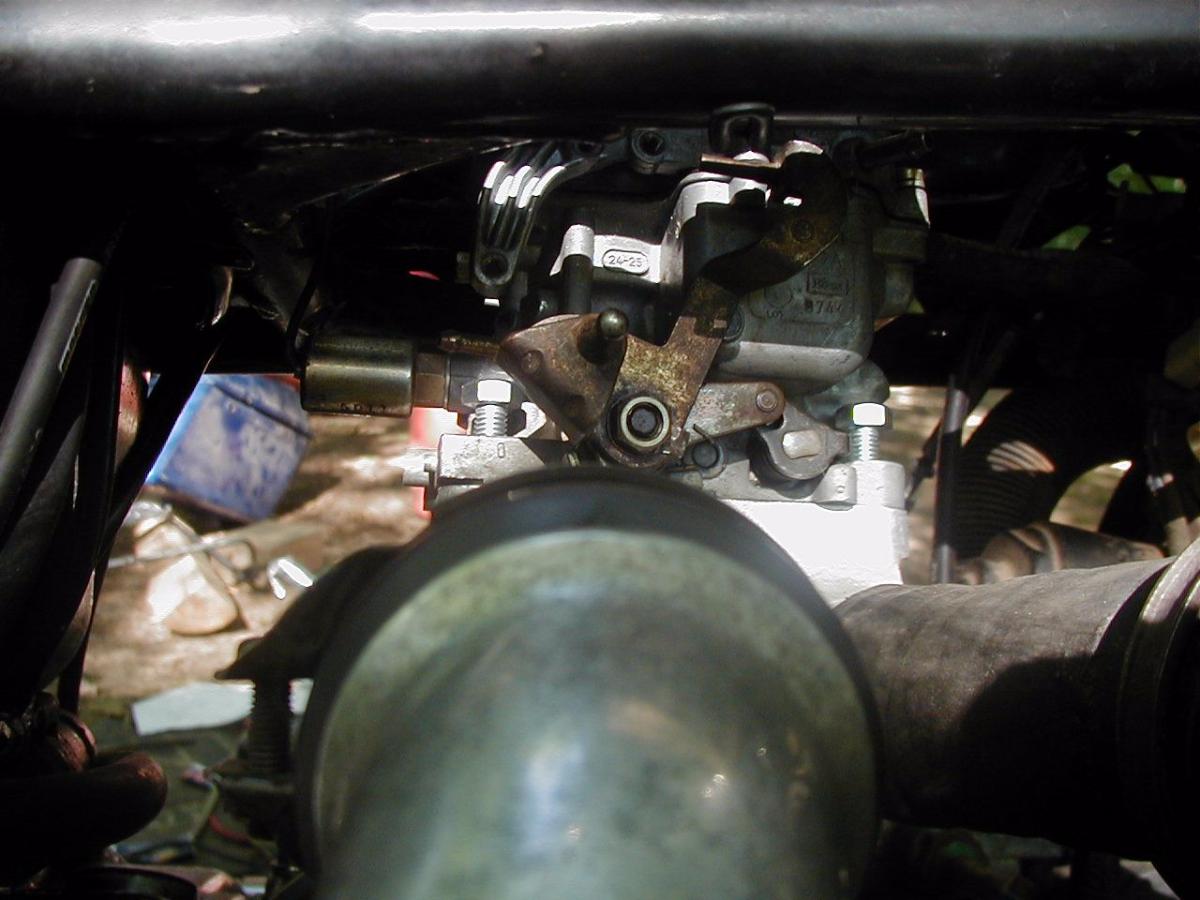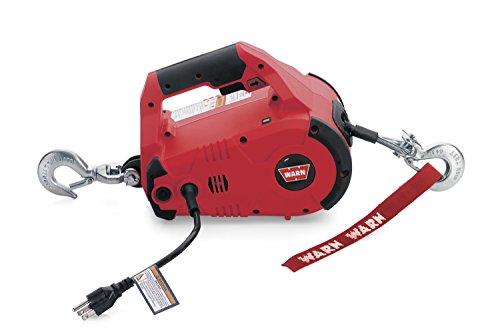Many of us are going single carb ... There have been two carbs use here on this forum ... The Solex one barrel and the 740 carb Weber this is about the DFT DFTA and 740 Holley and Rochester and Motorcraft licence copy of weber

This pic shows the first reason I picked this carb. You can see 24-25 ..printed on the carb body it represents air flow ..This rang my bell cause it was easy for me to see the flow of air was close ...I must say here the 740 comes in other sizes and the 22-22 740 is dang near spot on for "oldwings in airflow at full throttle.
The two stage Weber is a perfect design single carb for a full rpm motor like a "oldwing ...Providing super charge control over entire rpm range if jetted and manifold is setup to match carb air flow needs.
This pic shows the first reason I picked this carb. You can see 24-25 ..printed on the carb body it represents air flow ..This rang my bell cause it was easy for me to see the flow of air was close ...I must say here the 740 comes in other sizes and the 22-22 740 is dang near spot on for "oldwings in airflow at full throttle.
The two stage Weber is a perfect design single carb for a full rpm motor like a "oldwing ...Providing super charge control over entire rpm range if jetted and manifold is setup to match carb air flow needs.









































